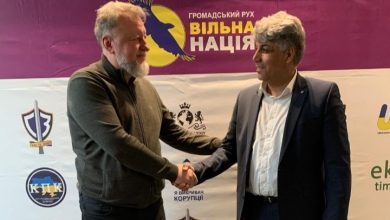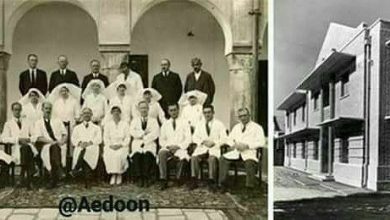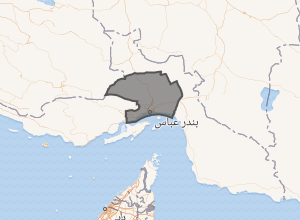
Deliberate Neglect by the Occupying Forces: Ahwazi Bedouin Children Left Without Schools
Local sources reveal that Ahwazi Bedouin students face numerous challenges in accessing proper education due to the Iranian occupation authorities’ neglect of educational support for Arab Ahwazi children, particularly in remote and mountainous areas. Sources indicate that one of the primary challenges is that many Ahwazi Bedouin students live in isolated regions, making access to schools difficult. Often, the schools available in Bedouin areas are inadequate, limiting educational opportunities.
Approximately 14,000 Bedouin students currently attend primary and early secondary school, studying in tents rather than in equipped schools that could foster their development. Despite the number of Ahwazi Bedouin students across all grade levels, there are only 13 boarding schools for Bedouin education in Ahwazi cities, with four designated for girls and nine for boys.
Additionally, data from the Ahwazi Department of Education highlights that there are 115 substandard tent and stone-built schools that fail to provide suitable learning environments for Ahwazi Bedouin students. With the arrival of winter and the onset of rainfall, the difficulties faced by these students multiply. Traveling long distances on foot to reach makeshift classrooms—often tents or cold shelters without heating facilities—exacerbates the struggle for young Bedouin students to access education.
Sources add that poverty, unemployment, and a lack of funding for Ahwazi Bedouin education have hindered their learning progress. Many struggle to obtain proper clothing and textbooks necessary for their studies.
The sources also noted that due to deliberate neglect by the occupying authorities, the progression rate of Bedouin students from first to second secondary school is exceedingly low; only a third of these students, particularly girls, continue to the next grade level. Furthermore, the Iranian occupation fails to provide transportation facilities, such as tents or suitable roads, for teachers who teach in Bedouin areas to reach these students.
Another major challenge is the linguistic and cultural gap between the Ahwazi Bedouin students and the Persian language, which the occupation authorities enforce in schools. This language barrier creates a significant obstacle to learning, as Bedouin students often struggle to comprehend lessons or engage in class discussions.
Ahwazi Bedouin students also frequently face discrimination in school, often experiencing prejudice due to their ethnicity, religion, or socioeconomic background. This discrimination can lead to feelings of inadequacy and frustration, which may adversely affect their academic performance.
Reports warn that if the ongoing issues within Bedouin education in the occupied Ahwazi Arab state remain unaddressed, and without the necessary educational infrastructure, there will likely be increased migration of Bedouins to city outskirts, leading to the formation of impoverished urban neighborhoods.




